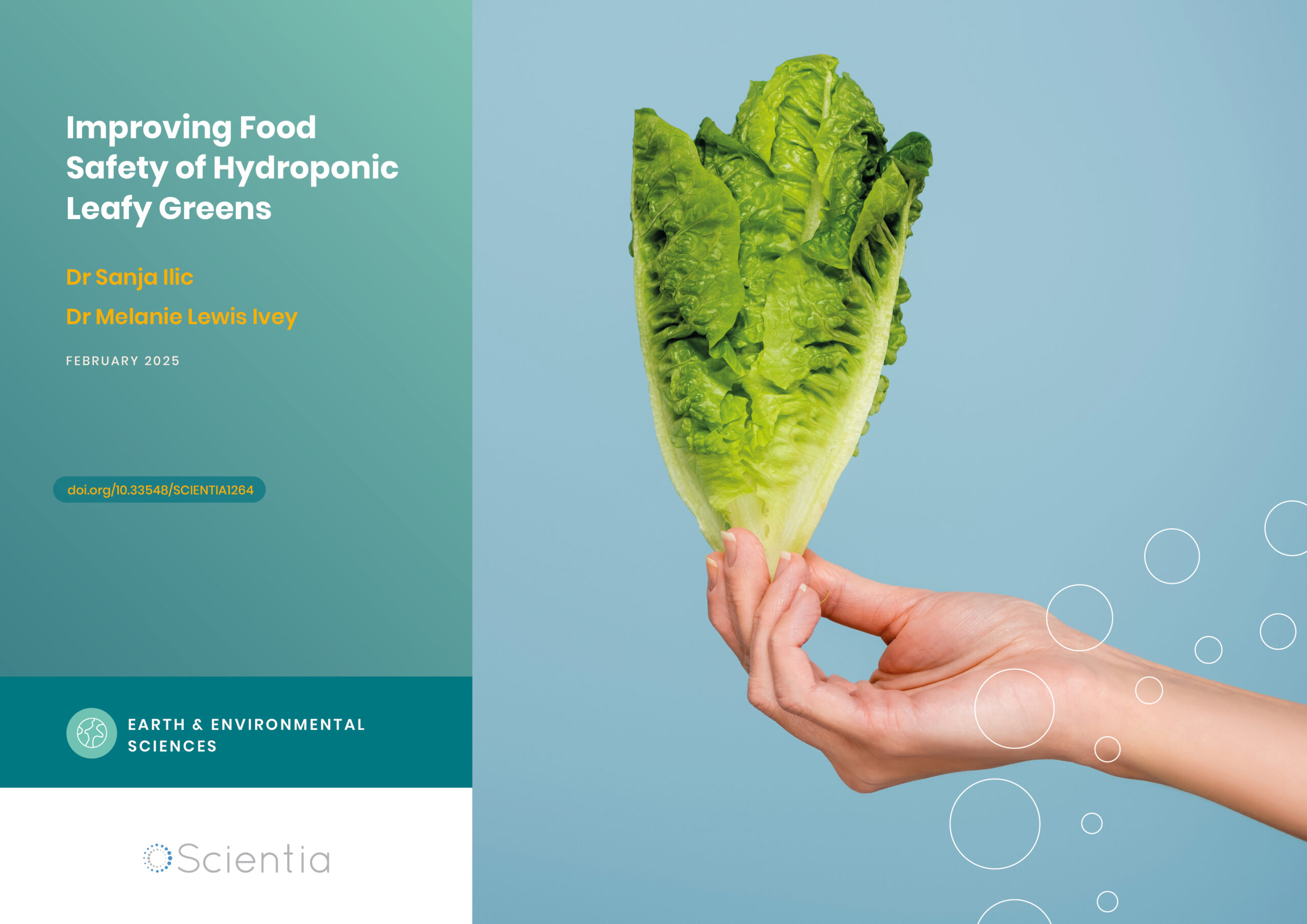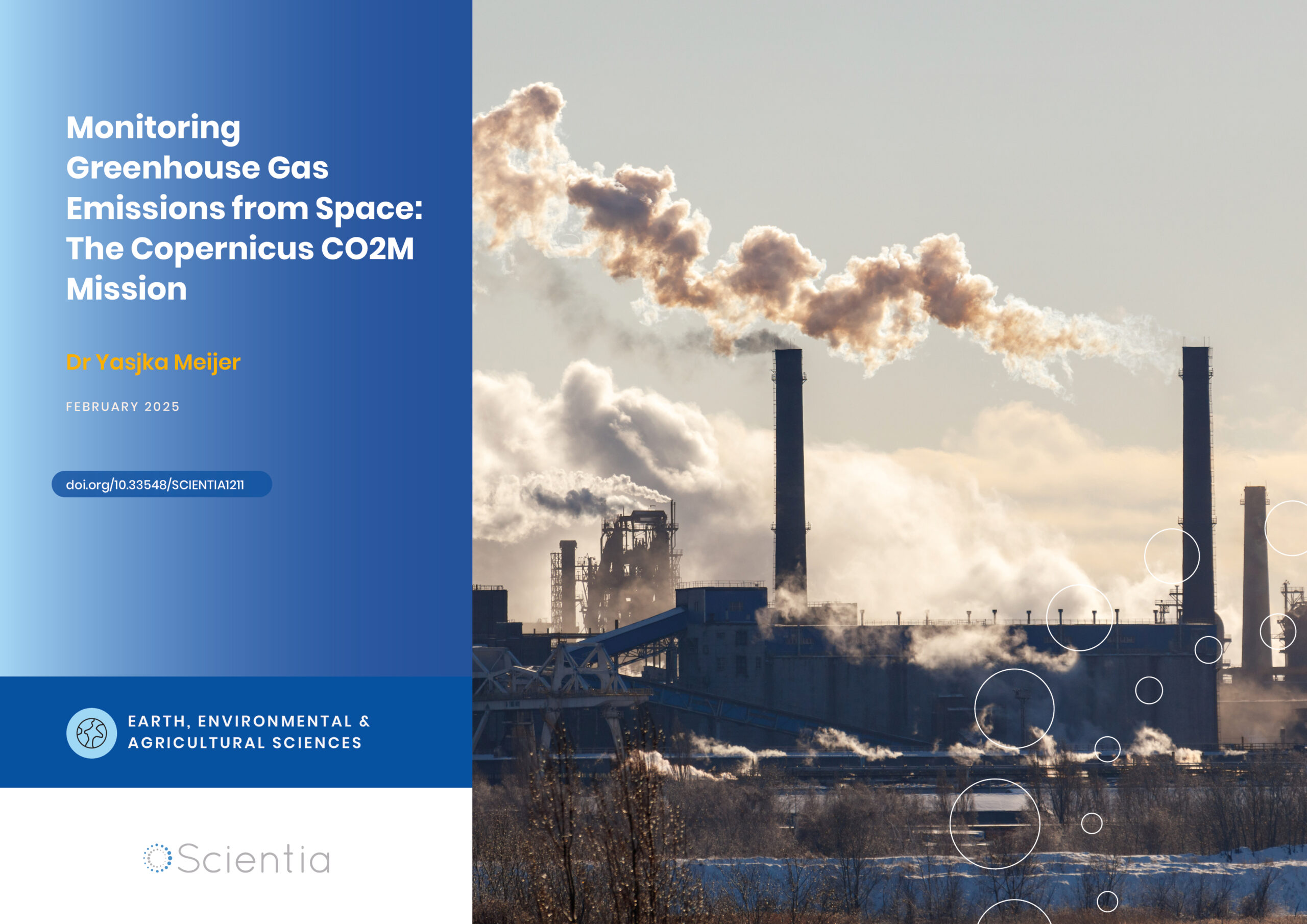Dr Yusuke Mori | Changing Demands and the Optimisation of Processes in Japan’s Energy Landscape
With the increase in global schemes to reduce CO2 emissions and move towards renewable energy sources, Japan and other countries have experienced a decline in their petroleum industries. Yusuke Mori and his colleagues at the University of Tokyo consider the role of the Fluid Catalytic Cracking unit commonly used in the petroleum industry and consider how this process and its byproducts can be optimally used to reflect these changes in Japan’s energy market.
Current and Changing Energy Situations in Japan
Across the world, we are becoming progressively more aware of the energy we use and the impact of greenhouse gases on global warming. This has led us to transition away from fossil fuels and choose more renewable energy sources, such as solar and wind energy. Predictions show that in the next decade, this trend will continue, with dramatic transformations needed to attempt to limit global heating to the increase of 1.5oC as laid out in the Paris Agreement in 2015.
In Japan, these changes to the energy landscape can be seen in numerous ways. From 2012 to 2021, there was a 16% average annual growth in Japan’s installed capacity for renewable energy, with a large increase in solar energy capacity in particular. This has been boosted by their feed-in tariff scheme, meaning that buying energy that has been produced from renewable sources has fixed pricing set by the government. Japan also has numerous goals to improve its energy landscape, such as aiming to improve energy efficiency by 40% by 2030.
Alongside increasing its capacity for renewable energy generation, Japan is also looking to reduce its greenhouse gas emissions, particularly by reducing its CO2 emissions, 84% of which come from its energy sources. Japan is also one of 145 countries aiming to achieve carbon neutrality by 2050. This means that the country is increasingly working to balance the amount of greenhouse gas emitted to the atmosphere with that removed to balance to zero net emission of greenhouse gases overall. In particular, Japan is looking at developing different technologies and processes to recycle CO2 emissions, using it as a resource to create raw materials or feeding it back into other manufacturing processes.
As a result of these global shifts, there has been a recent decline in the petroleum industry. For example, 15% of Japanese petroleum refineries have been shut down in recent years. Yusuke Mori and his colleagues at the University of Tokyo have highlighted this and considered how existing petroleum refineries will need to aim to improve their operational efficiency and reduce their CO2 emissions.
To achieve this, Yusuke Mori and his colleagues developed simulations of the fluid catalytic cracking (FCC) process used at petroleum refineries to better understand and optimise it, and to consider how byproducts can be recycled within the process to help reduce carbon emissions and enable the production of other materials.
What is Fluid Catalytic Cracking?
FCC is a conversion process commonly used in the petroleum industry. It takes the high boiling point, heavy hydrocarbon parts of petroleum, which are sometimes referred to as crude oils, and changes them into the petroleum products we use in everyday life, such as the petrol fuel we put in our cars or the alkenes that go into manufacturing plastics and other materials. To improve the rate at which this reaction occurs, a catalyst is used – these substances alter the speed at which reactions occur but aren’t used up in the reaction.
The aim of this process is to break down the longer chains of hydrogen and carbon atoms in crude oil into shorter chains, and these shorter chains form useful petroleum byproducts. To do this, the initial input crude oil, or the ‘feed’, is preheated and is then mixed with the catalyst and passed into a reactor unit. In the reactor, the products from the catalytic cracking are removed to leave the catalyst behind, and the hot petroleum products pass into a fractionator, a column which will separate out the different petroleum products based on their various boiling points. However, at the bottom of this fractionator, some slurry will remain, comprised of the oils which have not been recovered as petroleum products and any catalyst that wasn’t previously removed.
Yusuke Mori and his colleagues created a simulation of this process based on the typical systems used in Japan and their capacity. Their simulation allows them to tune the system to vary operational parameters such as the riser outlet temperature or the temperature at which the reactor is heated. From this, they can optimise their simulator to align with operational data from current real-life FCC processes, allowing them to further understand how alterations in this process can affect the outcomes.

Simulating and Optimising
Within this simulation, Yusuke Mori looks at different uses for the slurry produced in the FCC process. One potential case they consider is when the slurry is reused as new feed for the reactor, recirculating it in the process. This aims to both recycle the slurry and yield as much product from the slurry as possible by using any catalyst remaining in it, reducing the amount of slurry produced overall.
The second case they consider adds an additional unit into the FCC process called a delayed coker. A delayed coker is a unit that comes after the main fractionator and converts the residual oils from the fractionator into other products. Yusuke Mori focused, in particular, on increasing the yield of needle coke, or a carbon-rich substance that has an ordered, crystalline structure. Needle coke is used for the construction of electrodes for steel and aluminium manufacturing, for example. Any remaining oils from the delayed coker are then recycled back to the start of the FCC process, just like in the first case.
To evaluate the results of their simulations, the researchers consider a range of different metrics. The economic outcomes are considered by costing the output petroleum products using current market values and considering the cost of running the FCC unit. The environmental effects are considered by looking at the carbon dioxide emissions from the process, and also considering the impact of carbon pricing, or the placing of a fee on greenhouse gas emission. Finally, these two metrics are combined to help us understand the outcomes of each of these different cases. Yusuke Mori and his team also consider how the yield of different petroleum products changes as the different pressures and temperatures used in the FCC unit are varied.
Impacts of Altering Fluid Catalytic Cracking Processes
From simulating the two different uses of the slurry as described above, Yusuke Mori and his colleagues highlight a number of different outcomes from these processes. Considering the economic factors, increasing the riser outlet temperature increases the production of gasoline. However, this also increases CO2 emissions and causes more money to be spent on carbon pricing, reducing profit.
To optimise this process, Yusuke Mori’s team then step through different parameters to find the best operating conditions. They find that the case where the slurry oil is introduced to the delayed coker outperforms the case where the slurry oil is recycled, but interestingly, they also find that the best overall evaluation is very similar to the best economic outcome. They suggest that this may be due to Japan having a lower carbon pricing rate compared to some European countries. However, carbon pricing is increasingly becoming a part of business around the world, so Japan’s lower carbon pricing is likely to be raised in line with global trends in the future.
The use of the delayed coker and the production of needle coke may also have impacts on the petroleum industry in the future. Whilst needle coke is already used in many established manufacturing processes, it is beginning to accumulate more interest, for example, as a potential carbon material to be used in the lithium-ion batteries found in electric cars. This means that the value of needle cokes could increase in the future, as the needle coke market is forecasted large growth in the next 10 years. By capturing carbon in this useful byproduct, coking can also offset the carbon dioxide emissions from the FCC process overall.
Yusuke Mori and his team simulate how their results are affected by these changes in the market around needle coke. The model with the delayed coker continues to perform the best, with a profit increase rate of 11.1% and a potential CO2 reduction of 70% compared to current processes. This model is also more compatible with the growing movement of countries aiming to minimise their CO2 emissions and may also be beneficial if Japan chooses to increase its carbon pricing in the future.

Future Aspirations for Renewable Energy Production
Overall, the push towards increasingly renewable energy production and other green targets, such as carbon neutrality, is already underway in many countries. Evidence of this can already be seen in Japan’s energy landscape, with even more changes to come in the future.
Yusuke Mori’s research into simulating new ways to use the slurry byproducts and optimising the operation of FCC units allows petroleum refineries to operate more efficiently, and the production of needle coke could be a potentially valuable asset for these plants as this market grows. Constructing models like this can allow us to understand and improve these processes further, optimising them both to ensure this industry adapts to fit the changes in our energy landscape and to help take steps towards reducing our environmental impact.
SHARE
DOWNLOAD E-BOOK
REFERENCE
https://doi.org/10.33548/SCIENTIA1123
MEET THE RESEARCHER

Dr Yusuke Mori
Graduate School of Engineering
The University of Tokyo
Tokyo
Japan
Yusuke Mori has been involved with various oil and gas plant engineering, procurement and construction projects through his work at a global engineering company for 15 years. Throughout his time in this industry, he oversaw multi-billion-dollar projects and specialised in the design, construction, and operation of processing plants worldwide, including in the Middle East, North America, and Oceania. In 2018, Mr Mori began researching carbon-free energy systems through his affiliation with the Graduate School of Engineering at the University of Tokyo. His work now focuses on how energy transitions can contribute to carbon neutrality and on technological developments to reduce the environmental impacts of oil and gas plants, building on the knowledge and insights gained from his previous experience in the engineering industry. He is currently looking at developing more environmentally friendly hydrogen production using oil refining plants, and sustainable fuels for aviation.
CONTACT
E: yusuke-mori@g.ecc.u-tokyo.ac.jp
yusukemori7@gmail.com
W: https://sselab.t.u-tokyo.ac.jp/en/
X: https://mbscenter.u-tokyo.ac.jp/
KEY COLLABORATORS
Hongo Research Institute (https://www.hongoresearch.com/)
FUNDING
This work has been supported by the Mohammed bin Salman Center for Future Science and Technology for Saudi-Japan Vision 2030 at The University of Tokyo (MbSC2030).
FURTHER READING
Y Mori, D Okazaki, G Mogi, Optimized Operation of Fluidized Catalytic Cracking Considering CO2 Fixation and Carbon Pricing, Processes, 2023, 11, 2264. DOI: https://doi.org/10.3390/pr11082264
Agency for Natural Resources and Energy, Japan’s Energy, 2023: https://www.enecho.meti.go.jp/en/category/brochures/
Y Mori, Z Li, G Mogi, Refinery Transition Process for a Carbon-Neutral Society, 2024 International Conference on Electrical, Computer and Energy Technologies (ICECET, Sydney, Australia, 2024, pp. 1–6). DOI: https://doi.org/10.1109/ICECET61485.2024.10698550
REPUBLISH OUR ARTICLES
We encourage all formats of sharing and republishing of our articles. Whether you want to host on your website, publication or blog, we welcome this. Find out more
Creative Commons Licence (CC BY 4.0)
This work is licensed under a Creative Commons Attribution 4.0 International License. 
What does this mean?
Share: You can copy and redistribute the material in any medium or format
Adapt: You can change, and build upon the material for any purpose, even commercially.
Credit: You must give appropriate credit, provide a link to the license, and indicate if changes were made.
SUBSCRIBE NOW
Follow Us
MORE ARTICLES YOU MAY LIKE
Improving Food Safety of Hydroponic Leafy Greens
Hydroponic farming is experiencing rapid growth worldwide, offering a sustainable and efficient method of producing fresh, nutrient-rich crops. However, the unique conditions of hydroponic systems also present complex food safety challenges. Dr Sanja Ilic and Dr Melanie Lewis Ivey, researchers at The Ohio State University, are at the forefront of efforts to understand and mitigate the risks of human pathogen contamination in commercial hydroponic production. Their pioneering work is providing crucial insights and practical guidance to help ensure the safety and nutritional value of hydroponically grown leafy greens.
Dr Yasjka Meijer | Monitoring Greenhouse Gas Emissions from Space: The Copernicus CO2M Mission
Atmospheric concentrations of carbon dioxide (CO2) and methane (CH4) have been steadily rising due to human activities, contributing to global climate change. Dr Yasjka Meijer from the European Space Agency is responsible for the objectives and requirements of the Copernicus Anthropogenic Carbon Dioxide Monitoring (CO2M) mission – a constellation of satellites that will enable the monitoring of anthropogenic greenhouse gas emissions from space with unprecedented accuracy and detail. This groundbreaking mission aims to support international efforts to reduce emissions and combat climate change.
Renewable Fuel for a Generation of Green Batteries
Revolutionizing energy production has been integral to combatting climate change and reducing our dependence on limited natural resources, but complementary advances in energy storage have been lacking. Dr Thomas Guarr and Dr David Hickey from Michigan State University lead their team in investigating a counterintuitive molecular mechanism which could support a wave of green, renewable, and cheap batteries. If practical, this technology might be the crucial leap towards an entirely green energy system.
RK Pete Wade | Seeing the Wood for the Trees – A Better Way to Measure Forest Density
In the world of forestry, understanding how densely packed trees are in a given area is crucial for effective forest management. However, traditional methods for measuring this ‘stand density’ have limitations. Now, a new approach developed by an independent researcher offers a more nuanced and accurate way to assess forest density across different species and environments.





